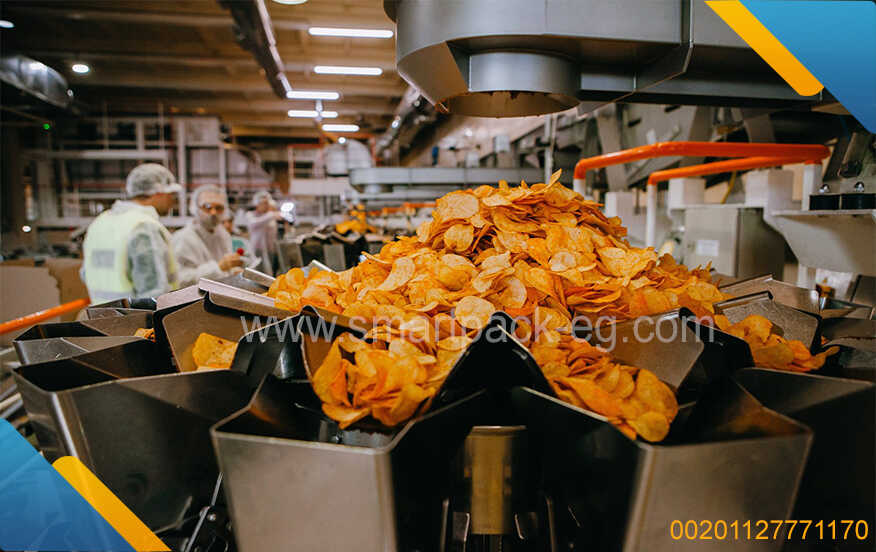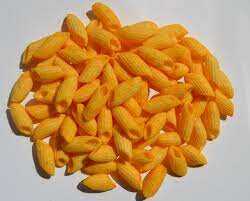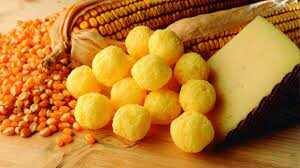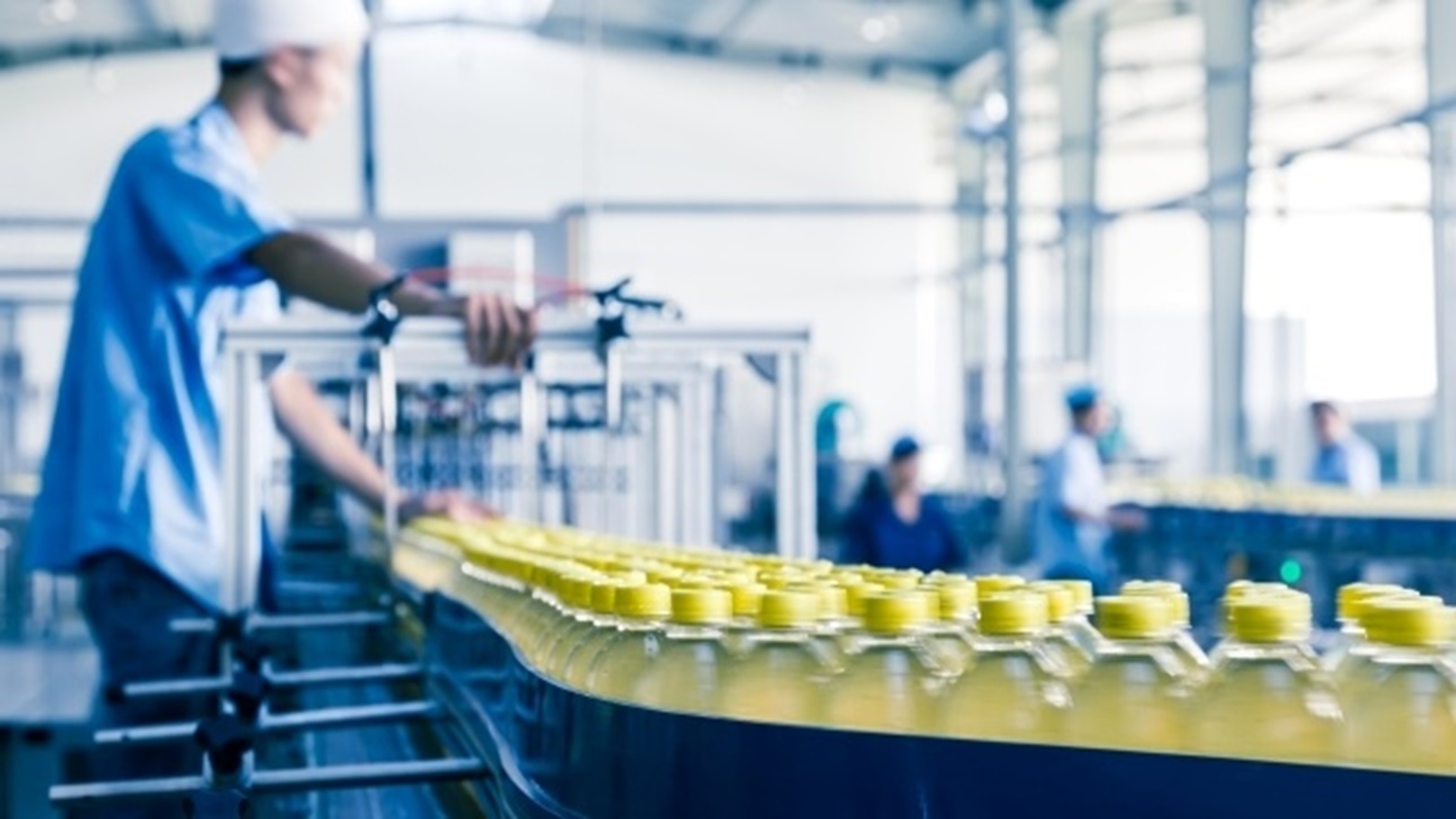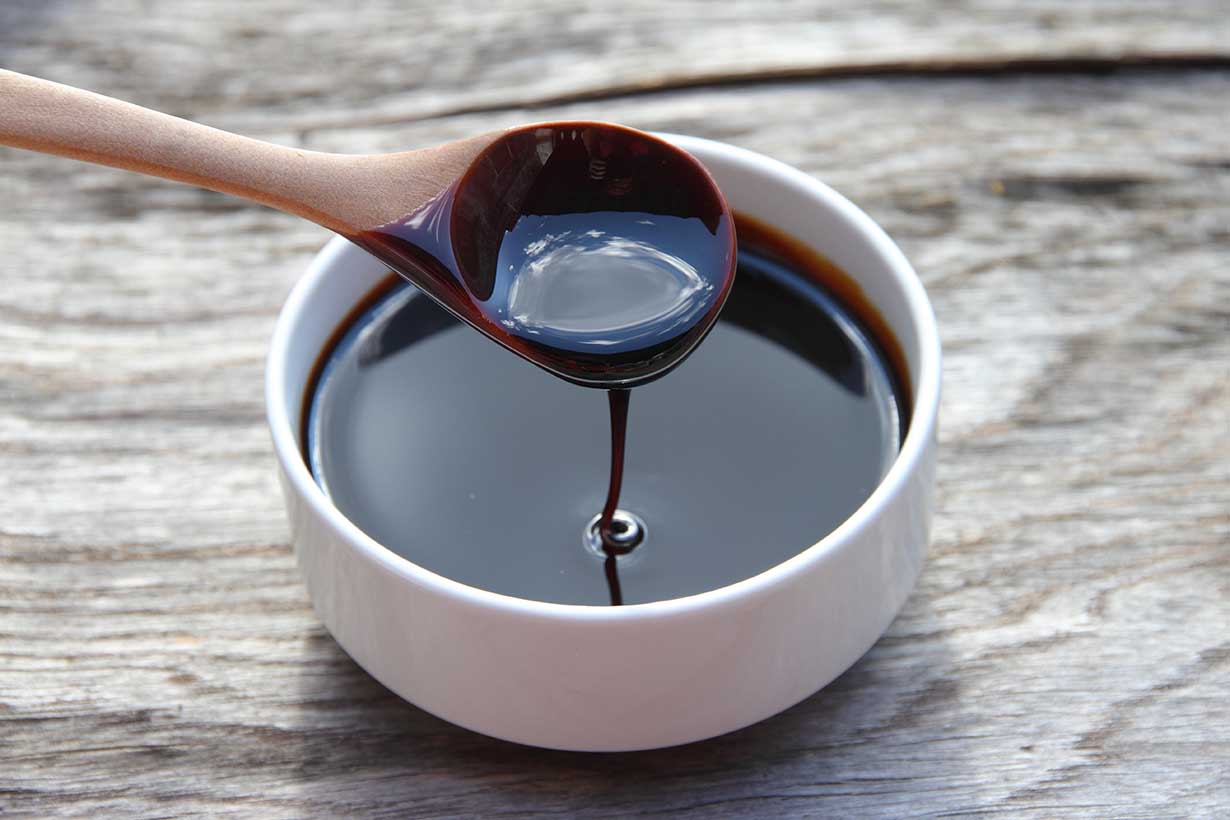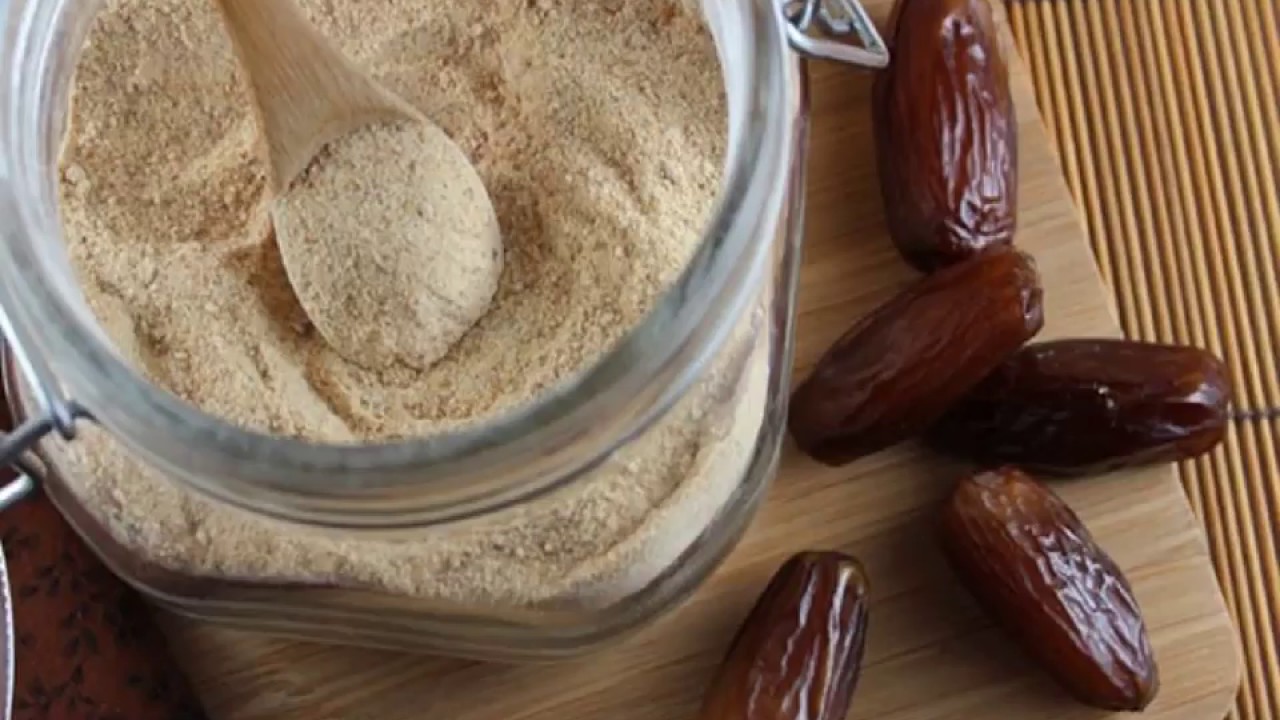How To Guide: Date Paste Production and Filling Plant Machines
Hello there! In this guide, I will take you through the process of producing date paste and highlight the various machines, components, and processing methods used in a filling plant. Let's get started!
Step 1: Sourcing Quality Dates
To produce high-quality date paste, it is crucial to start with fresh and premium-quality dates. Look for dates that are sweet, soft, and not overly dry. You can choose from various types of dates such as Medjool, Deglet Noor, or Barhi, depending on your preference and availability.
Step 2: Washing and Sorting Dates
Once you have sourced your dates, the first step is to wash and sort them. This involves removing any dirt, debris, or damaged dates. Date washing machines are commonly used for this step, utilizing water sprays and brushes to clean and sanitize the fruits effectively. Post-washing, sorting machines come into play, ensuring only the best-quality dates move forward.
Step 3: Pitting and Removal of Stems
To prepare the dates for further processing, the next step is the removal of pits and stems. This can be done manually or using automated date pitters and stem removal machines. Automated machines are more efficient, saving time and labor costs.
Step 4: Grinding and Milling
After pitting and stem removal, the dates are ready for grinding and milling. The primary goal is to achieve a smooth and consistent texture for the date paste. This can be accomplished by using grinding machines or mills specifically designed for date paste production. These machines crush the dates into a fine paste by applying pressure and shearing forces.
Step 5: Pasteurization
Once the date paste is obtained, it is essential to ensure its safety and extend its shelf life. Pasteurization is a critical step in this process. The date paste is heated to a specific temperature for a set duration, effectively killing any microorganisms present while retaining its quality attributes. Pasteurization can be performed using steam or thermal processing equipment.
Step 6: Filling Plant Machines
Once the date paste has been pasteurized, it is ready for packaging. Filling plant machines are used to automate the process of filling and sealing the date paste into containers. These machines vary in complexity, ranging from semi-automatic to fully automated systems. They are equipped with features such as filling nozzles, capping devices, and labeling units to streamline the packaging process.
Step 7: Storage and Distribution
After the date paste is packaged, it is important to store it in suitable conditions to maintain its quality. Date paste should ideally be stored in a cool, dry place away from direct sunlight. Properly sealed containers with appropriate labeling help in organizing and tracking inventory. Effective distribution channels ensure that the date paste reaches customers promptly and in optimal condition.
In conclusion, producing date paste and operating a filling plant requires a series of steps, machines, and processing methods. By following these guidelines and utilizing appropriate equipment, you can efficiently produce high-quality date paste and streamline its packaging process. So, go ahead and embark on your date paste production journey with confidence!

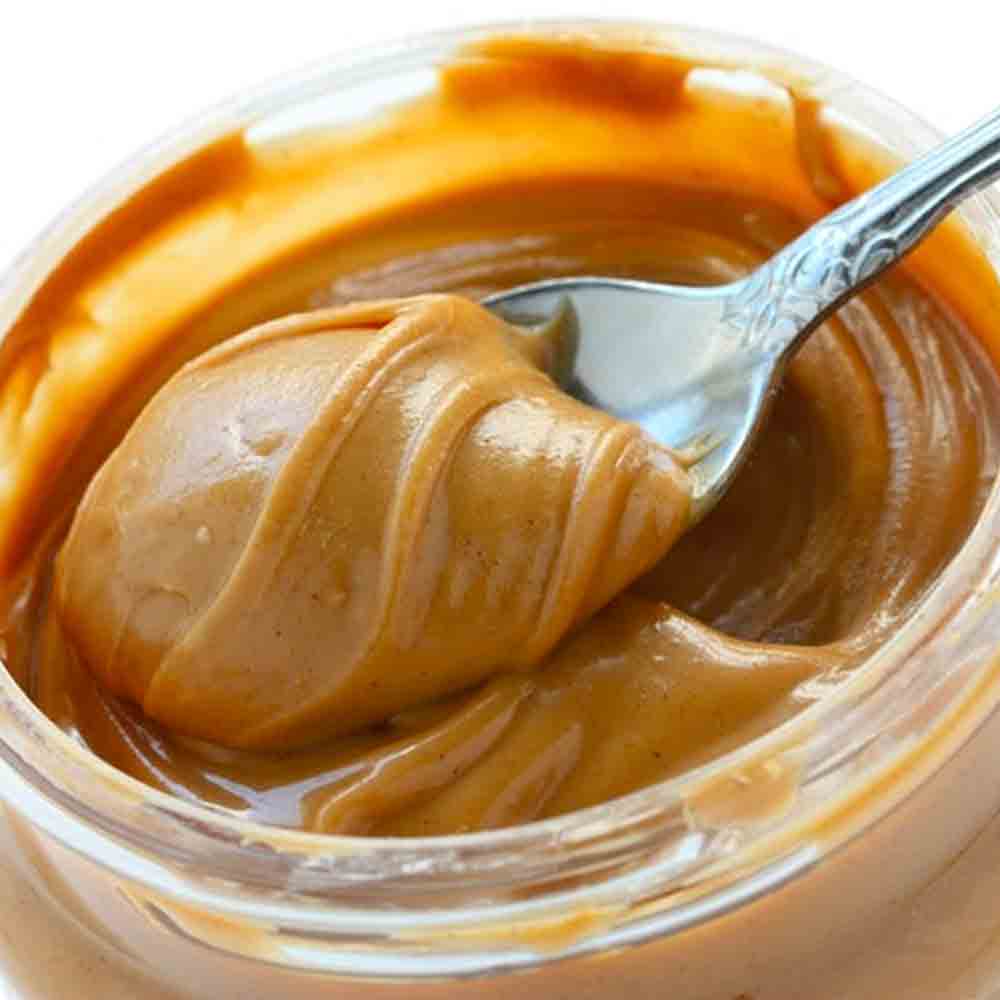
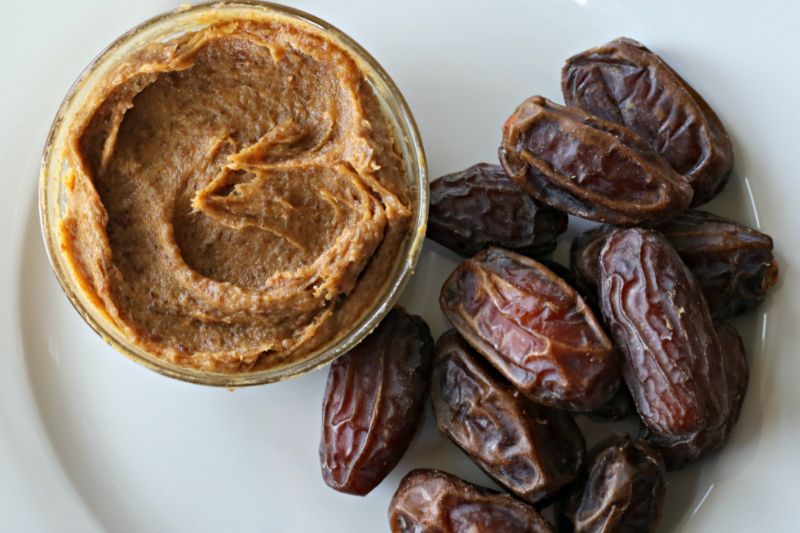
 Admin
Admin 